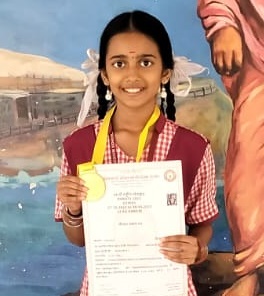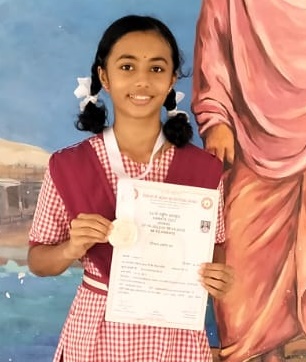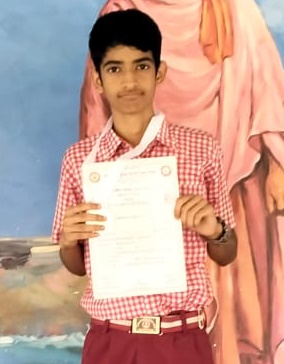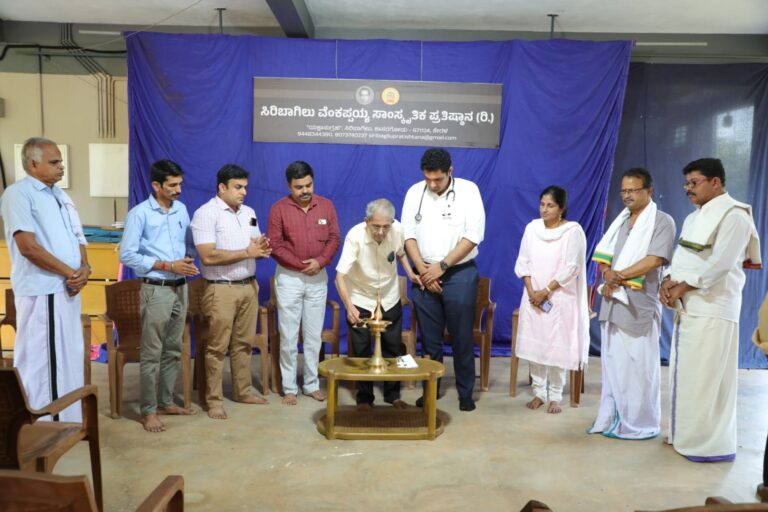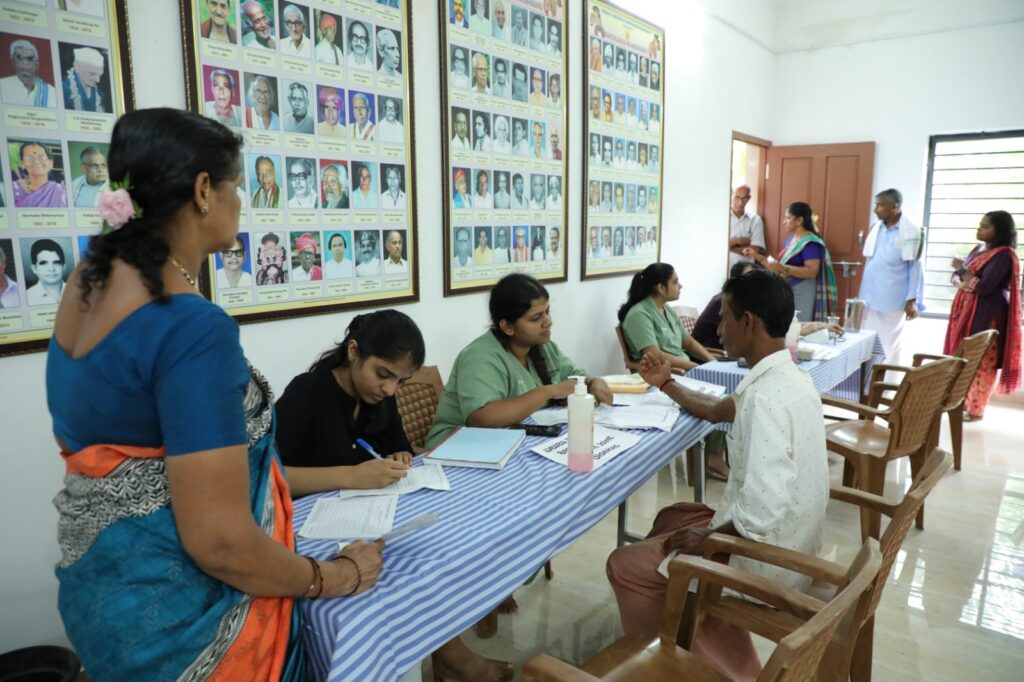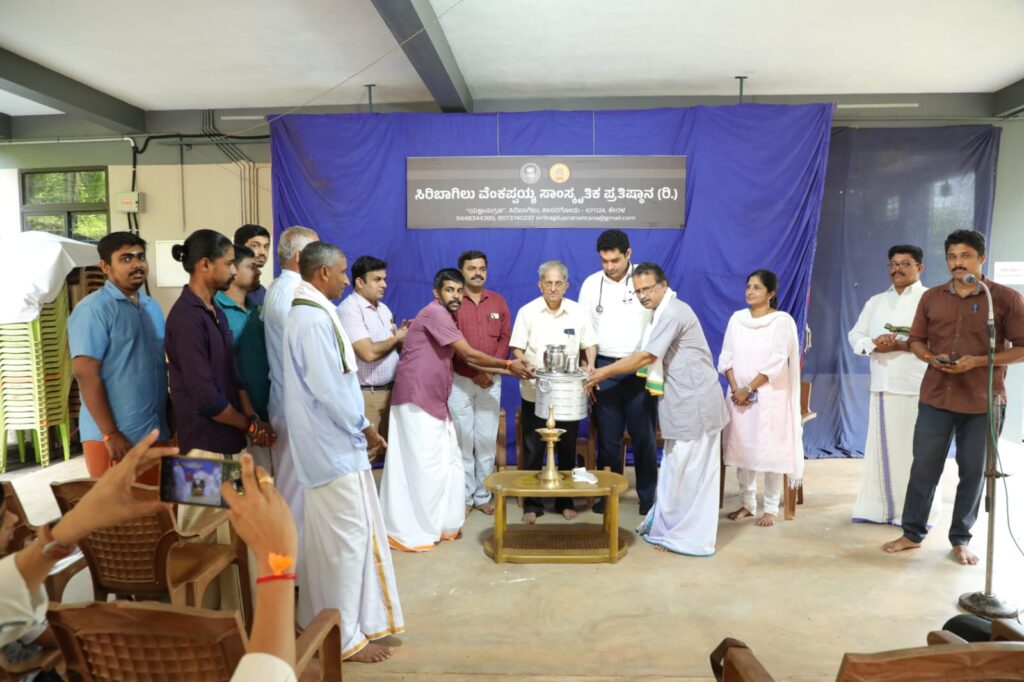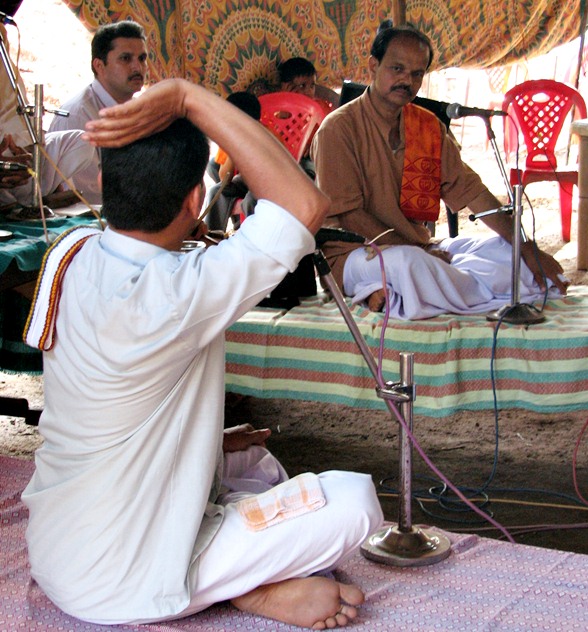9th Standard English POEM 10
PHOTOGRAPH
Glossary
paddling: moving like rowing
transient: momentary ; not lasting for long.
wry: distorted.
Comprehension:
C1. Answer the following questions in a sentence or two each:
- How many people are there in the photograph?
Answer: There are three people in the photograph.
- How is the poet related to the people in the photograph?
Answer: The mother and the two cousins of the poet named Betty and Dolly are in the photograph. Thus the poet related to the people in the photograph.
- Who was taking the snapshot?
Answer: Uncle was taking the snapshot.
- Is the mother described in the photo alive?
Answer: No. She is not alive.
- Which aspect of the mother does the poet like very much?
Answer: The poet likes the sweet and smiling face of mother very much which was captured in the photograph.
C2. Discuss the answers for the following questions with your partner and then write down in your notebook.
1) Why does the writer say
“And of this circumstance
There is nothing to say at all
Its silence silences”?
Answer: The poet knows that her mother’s death is a fact and she can’t do anything about it. The poet has nothing to say about her mother’s death and the emptiness left after her death shatters the poet. This expression from the poem ‘The Photograph’ by Shirley Toulson means the truth and mystery of the poet’s mother’s death fills him with sadness. The constant pain she experiences on account of her loss makes her silent. She is unable to solve the mystery about death. She can’t do anything about it. Whenever she remembers her mother, she just becomes silent with the pain that followed after her mother’s death. Its silence silences.” The poet’s mother has now been dead for nearly as long as the girl in the photograph. The poet is at a loss for words to express her feelings about her mother’s death. It’s a solemn moment, and its silence has rendered her speechless.
2) Does the poet notice any change in the mother after the poet was born? What do you think could have made the change in the mother’s face?
Answer: Yes. The poet notices the change in the mother’s face after the poet was born. She adores her “sweet” face and observes how it changes as she grows older. She recalls every detail of her life, including her laughter when she looked at the photograph. This could have been the outcome of sorrowful incidents or hardships in life. Age and ill health also might have made the mother lose the sweetness of her face and smile. The poet is looking at her mother’s photograph which is indeed an old one. With it she can see how her mother looked when she was a little girl of twelve. It might have been windy at that time as their hair was flying on their faces when the uncle took the photograph. All the three smile through their flying hair. Looking at the photograph, the poet says that her mother had a sweet face, but it was a time before the poet was born.
3) Why are the feet described as “transient feet”?
Answer: The feet described as “transient feet” to symbolize the temporary nature of human life. The phrase is a metaphor that compares the permanence of the sea to the fleeting presence of humans. The word “transient” means something that is short-lived or temporary. The poet uses “feet” to symbolize humans. The poet suggests that the sea remains the same while humans grow old and die. Transient means something which is temporary or short-lived. Here, when the author says terribly transient feet, she refers to the ever-changing imprints of the feet left on the sea sand. The sea never appears to change but human life is transient. The poet suggests that human existence is transitory, but the sea seems never to change.
C3. Answer the following questions on your own.
- What is the mood of the poet?
Answer: In the poem “A Photograph,” the poet’s mood is predominantly sad and nostalgic as she looks at an old picture of her mother, reflecting on the passage of time and the loss of her mother who is now deceased, causing a deep sense of grief and longing.
- Which line in the poem does you like the most? Why?
Answer: I like the lines “A sweet face, My mother’s, that was before I was born, And the sea, which appears to have changed less”.
Here poet explains the changing mind of every human being. The poet notices the change in the mother’s face after the poet was born. She adores her “sweet” face and observes how it changes as she grows older. She recalls every detail of her life, including her laughter when she looked at the photograph. This could have been the outcome of sorrowful incidents or hardships in life. Age and ill health also might have made the mother lose the sweetness of her face and smile. The poet is looking at her mother’s photograph which is indeed an old one.
- Is there any change in the life of the poet’s mother over the years? What kind of a person, you think she was? Describe the mother in the poem do in your own words.
Answer: Yes, there has been a lot of change in the life of the poet’s mother over the years. As a child, the poet’s mother was a carefree and friendly person. She had a smiling and sweet face in the photograph when she posed for it, holding the hands of her. She changed after the birth of poet. The poet’s mother had posed for the photograph with her cousins when she was young and was not yet bogged down by the responsibilities and hardships of life. In old age, along with inevitable physical changes, they also experience a change in their mental make-up because of the challenges in life.
How many people are there in the photograph? How is the poet related to the people in the photograph? Who was taking the snapshot? Is the mother described in the photo alive? Which aspect of the mother does the poet like very much? Why does the writer say “And of this circumstance There is nothing to say at all Its silence silences”? Does the poet notice any change in the mother after the poet was born? What do you think could have made the change in the mother’s face? Why are the feet described as “transient feet”? 1. What is the mood of the poet? 2. Which line in the poem does you like the most? Why? 3. Is there any change in the life of the poet’s mother over the years? What kind of a person, you think she was? Describe the mother in the poem do in your own words.
